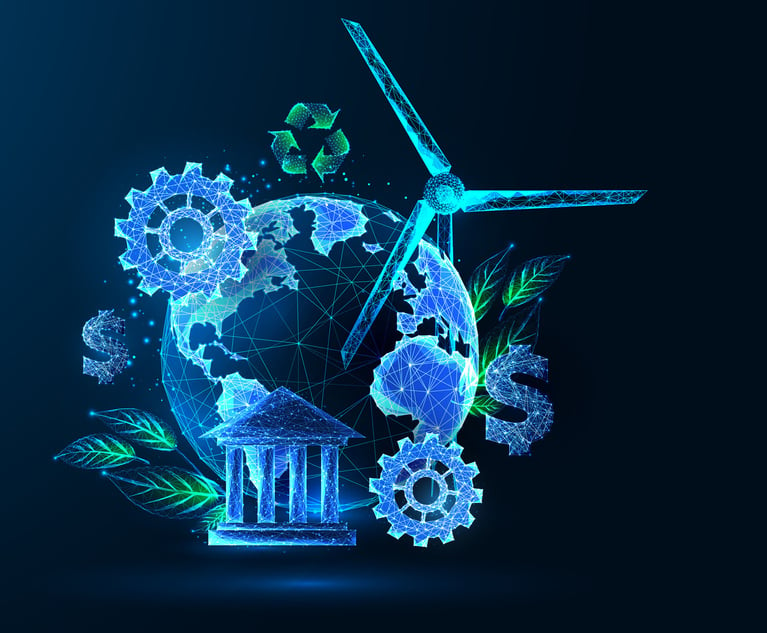As we have detailed in these pages before, the state’s Climate Leadership and Community Protection Act (CLCPA) sets ambitious goals for reducing greenhouse gas emissions from all sectors of New York’s economy. First and foremost, the Act requires immediate transformation of the power sector, mandating that 70% of the state’s electricity come from renewable sources by 2030, and at least 9000 megawatts from offshore wind by 2035. New York is well on its way to achieving both those goals. The New York State Energy Research and Development Authority (NYSERDA) is planning its third procurement for offshore wind development. We devote this column to highlighting the state’s substantial and ongoing progress on offshore wind.
Background: Offshore Wind Before the CLCPA
The fight against climate change hinges in large part on “greening the grid.” For example, a high-efficiency electric building heating system still causes greenhouse gas emissions if the electricity it uses comes from an oil or gas-fired power plant. The same is true for electric vehicles. While upstate New York already gets most of its electricity from zero-emissions power sources, downstate New York relies primarily on fossil fuels to keep the lights on. New York needs to dramatically increase its supply of zero-emission electricity downstate if ambitious efforts to electrify buildings and cars are going have their full decarbonizing effect. The state has repeatedly recognized that offshore wind is uniquely capable of solving transmission and siting constraints in the downstate area, replacing downstate fossil fuel generation, and, in turn, reducing not only carbon emissions but also local air contaminants.


 Credit: ABCDstock/Shutterstock.com
Credit: ABCDstock/Shutterstock.com




